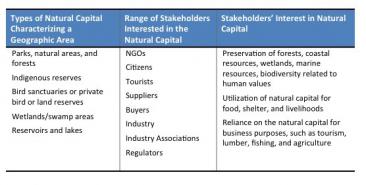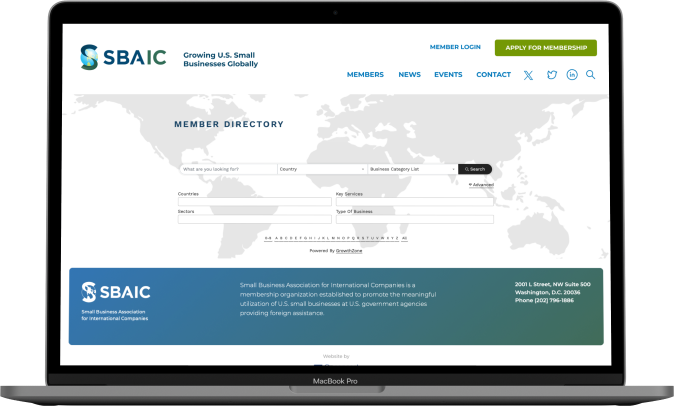Obbagy Consulting has been at the forefront of assisting clients improve sustainability programs through the development of tools and methodologies for linking operational activities to sound environmental governance practices, training managers to connect with local communities, and conducting organizational sustainability assessments.
Sustainability is a concept that, through practice and experimentation, the public and private sectors have come to understand more clearly than when it was introduced in Our Common Future, a report issued by the United Nations Commission on Environment and Development in 1987. The report defined the concept as “meeting the needs of the present, without comprising the ability of future generations to meet their own needs.”
 Today, sustainability includes environment and social issues, such as waste generation, greenhouse gas emissions, human rights, corruption, and economic development. In areas of the world, such as Asia, environmental sustainability is frequently linked to the preservation of natural capital including fisheries, water supplies, open land areas, wildlife, forests, and coastal zones.
Today, sustainability includes environment and social issues, such as waste generation, greenhouse gas emissions, human rights, corruption, and economic development. In areas of the world, such as Asia, environmental sustainability is frequently linked to the preservation of natural capital including fisheries, water supplies, open land areas, wildlife, forests, and coastal zones.
Without a doubt governmental and private sector investments in sustainability programs have been significant over the past 25 years, from establishment of community development funds to reforestation projects throughout the world including, many projects in Southeast Asian countries. The range of options for designing and implementing environmental sustainability initiatives continues to grow both in terms of size and scope of the investments.
To maximize the return on investment we suggested to several extractive resource clients that it would be advantageous to step back and conduct a collaborative impact analysis prior to launching new sustainability initiatives. The analysis was intended to help these clients evaluate the degree to which various stakeholders influence the attainment of sustainability goals and various roles that can be adopted to further propel the effectiveness of sustainability initiatives.
The assessment is based on information about natural capital characterizing a specific geographic area and stakeholder interests in preserving it, as illustrated in the simplified example below.
 By analyzing the data, our clients were able to identify previously unrecognized relationships among industry, governments, or other parties to help accelerate the use of best environmental practices or strengthen organizational positions to enhance the impact of sustainability programs in particular areas.
By analyzing the data, our clients were able to identify previously unrecognized relationships among industry, governments, or other parties to help accelerate the use of best environmental practices or strengthen organizational positions to enhance the impact of sustainability programs in particular areas.
For example, one client concluded that by working through a local community group rather than initiating a new project or changing the scope of an existing sustainability program, the organization would be able to better leverage its financial resources to support improved land management practices that in turn will help increase forest regrowth and watershed capacity.
land management practices that in turn will help increase forest regrowth and watershed capacity.
Another client uncovered an opportunity to create an alliance among diverse groups of actors who don’t usually work together to scale programs for impact beyond individual organizational efforts including an alliance among donor agencies, local mining companies and local communities to maintaining land for wildlife preservation purposes.
Taking the analysis one step further, the relationship matrix yielded insights as to the range of strategic roles our clients should consider when refining sustainability undertakings to improve program performance rather than implementing additional projects. These roles included:
- Acting as an environmental steward fostering dialogue among local stakeholders;
- Serving as a sustainability trainer by working with NGOs and local educational institutions to support awareness-raising campaigns that promote environmentally sound practices to help sustain natural capital; or
- Facilitating discussions with civil society to advance the transparency of sustainability results and barriers to success.
Mapping natural capital assets and stakeholder interests as summarized above, provides a platform for identifying different strategies for achieving sustainability goals at the national, regional, or local levels, and may also serve as a tool to navigate internal governmental, donor, and private sector conversations about the focus of sustainability programs. ?
This approach to finding common ground as a basis for collaborative impact is similar to the trade and economic development directions that have emerged within many Asian countries under the Association of Southeast Asian Nation (ASEAN).
Professionals who are familiar with specific geographic areas and the natural capital and local stakeholders can comfortably complete the relationship matrix and the collaborative impact analysis as it relates to sustainability interventions.







